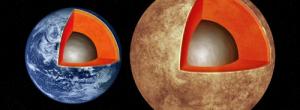Science
Breaking cell barriers with retractable protein nanoneedles: Adapting a bacterial structure, Wyss Institute researchers develop protein actuators that can mechanically puncture cells
Replacement of Toxic Antibacterial Agents Possible by Biocompatible Polymeric Nanocomposites
Astronomers Report Results of First Search for Visible Light Associated with Gravitational Waves.
Human Rights
Visited:24,665,610
Fostering a More Humane World: The 28th Eurasian Economic Summi

Conscience, Hope, and Action: Keys to Global Peace and Sustainability

Ringing FOWPAL’s Peace Bell for the World:Nobel Peace Prize Laureates’ Visions and Actions

Protecting the World’s Cultural Diversity for a Sustainable Future

Puppet Show I International Friendship Day 2020







